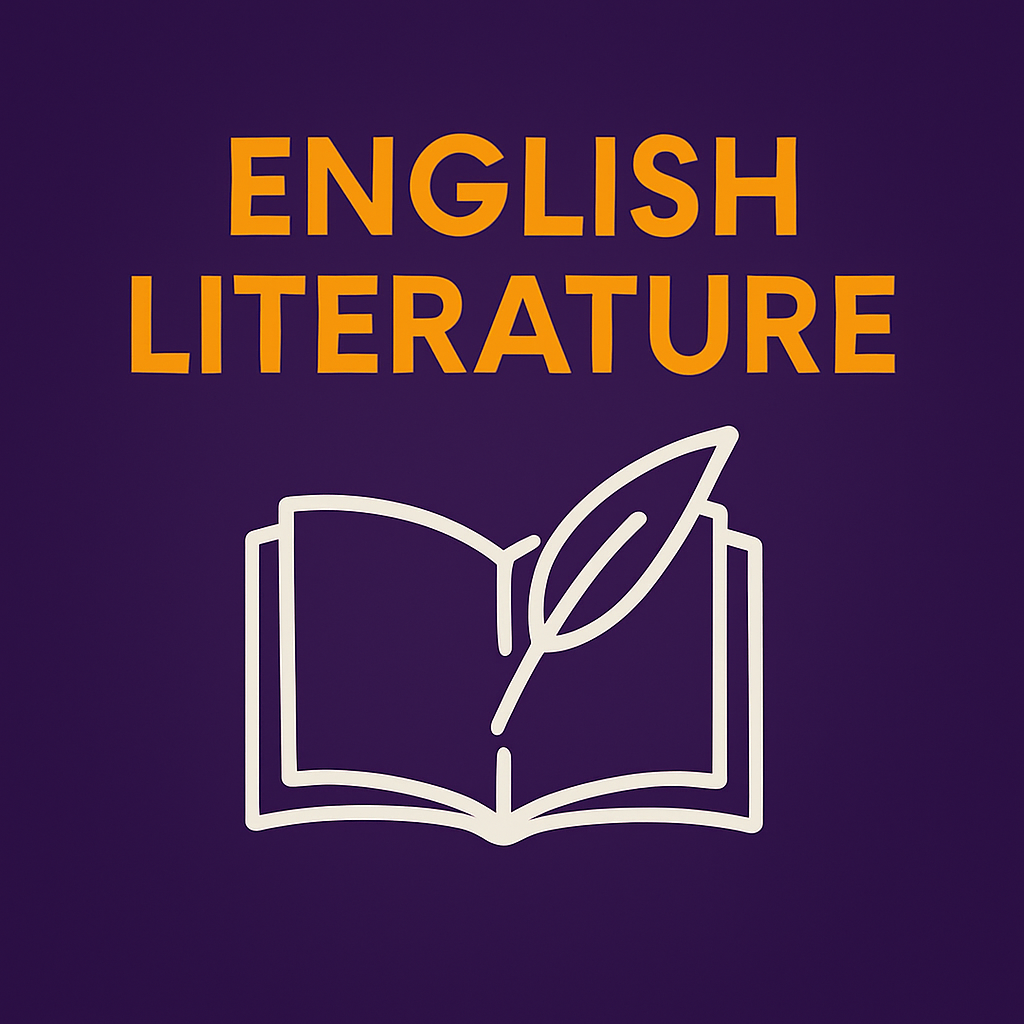Table of Contents
ToggleExploring Feminist Criticism
Introduction
Feminist criticism examines literature through the lens of gender, focusing on how texts reinforce or challenge societal norms. At A-Level English Literature, understanding feminist perspectives can deepen analysis and provide a fresh interpretation of texts.
This article will cover:
- Key principles of feminist criticism.
- Application to classic and modern texts.
- Strategies for writing feminist literary analysis.
Key Principles of Feminist Criticism
Representation of Women
- How are female characters portrayed? Are they active agents or passive objects?
Example: In The Great Gatsby, Daisy Buchanan is often seen as a symbol of male desire rather than an autonomous character.
Patriarchal Structures
- Examine how texts reflect or critique patriarchal norms.
Example: Pride and Prejudice highlights the limitations placed on women through the marriage market.
Intersectionality
- Analyse how gender intersects with race, class, and other identities.
Example: In Wide Sargasso Sea, Antoinette’s struggles reflect both gendered and colonial oppression.
Application to Texts
Shakespeare’s Othello
- Desdemona’s character can be analysed as a victim of patriarchal violence.
Feminist Reading: Highlight how her loyalty and silence are framed as virtues within a male-dominated society.
Margaret Atwood’s The Handmaid’s Tale
- Critiques the extreme subjugation of women in a dystopian society.
Example: The use of names like “OfFred” illustrates the erasure of female identity.
Modern Poetry
- Poets like Carol Ann Duffy challenge traditional gender norms through subversive language and themes.
Example: In The World’s Wife, Duffy reimagines mythological and historical figures from a female perspective.
Writing Feminist Literary Analysis
Planning Your Essay
- Identify feminist themes or concerns in the text.
- Select examples that illustrate these themes.
Using Critical Theories
- Reference theorists like Simone de Beauvoir or Judith Butler.
- Discuss how their ideas apply to the text.
Analysing Language and Structure
- Explore how language reinforces or subverts gender stereotypes.
- Consider the structure—who gets the most narrative space or voice?
Tips for Success
- Balance Analysis: Highlight feminist perspectives without ignoring other interpretations.
- Support with Evidence: Use quotes and examples to ground your argument.
- Consider Historical Context: Relate the text to the societal norms of its time.
Conclusion
Feminist criticism offers a rich lens for analysing literature, challenging readers to consider how gender shapes narratives. By applying these principles and exploring key texts, A-Level students can develop nuanced and original arguments.

Skinat Tuition | Mastering Maths, Science, and English Across the World.


